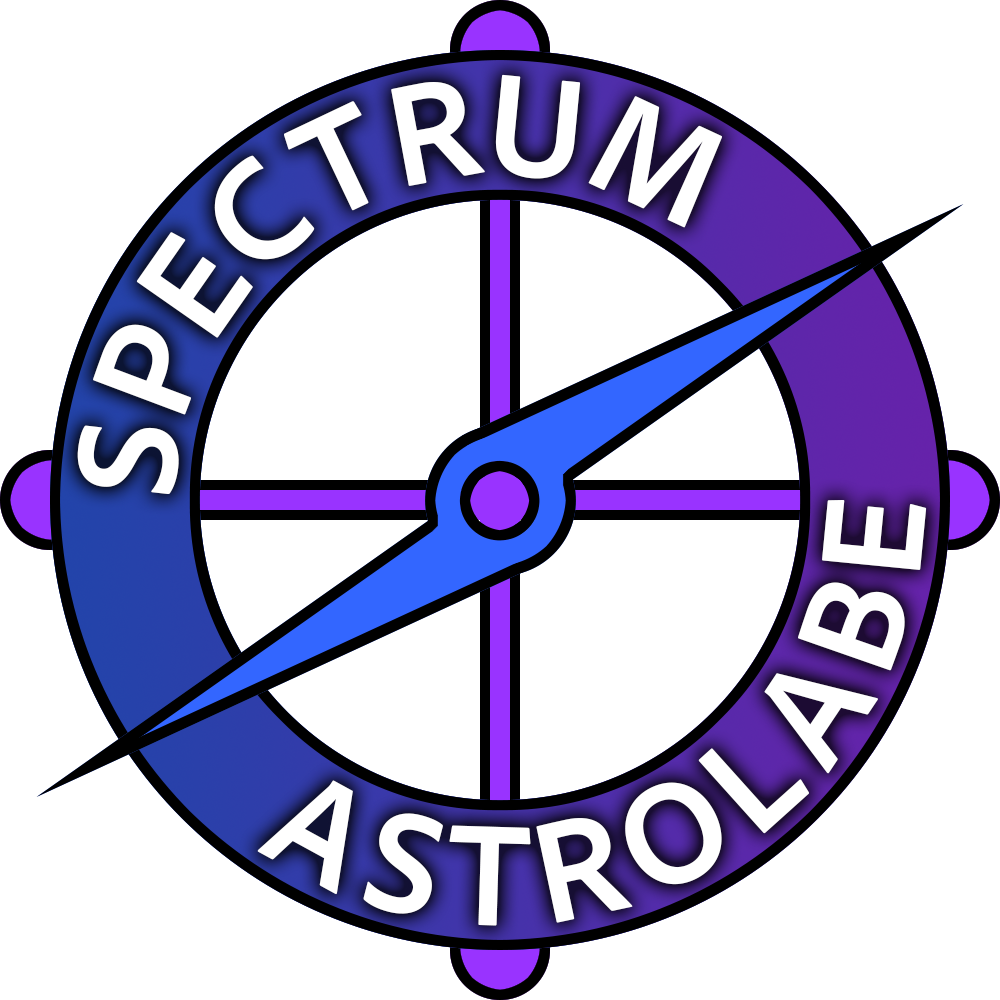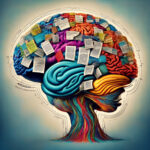If you’re reading this, you might be at the very beginning of your journey into the world of neurodiversity. Maybe your child was recently diagnosed with autism, or perhaps someone you care about is navigating a similar path. You’re not alone. Many parents and families have stood where you are now, wondering what these words mean and what the future holds.
This guide will help you understand what neurodiversity is, where the idea comes from, and why it matters today. Along the way, you’ll hear real voices, learn about key milestones, and see how the movement for acceptance and inclusion has grown.
What Is Neurodiversity?
Neurodiversity is a way of understanding the natural differences that exist in how people think, learn, and experience the world. Just as biodiversity describes the variety of life in nature, neurodiversity describes the variety of human minds. This includes people who are autistic, have ADHD, dyslexia, dyspraxia, or other neurological differences.
Instead of seeing these differences as problems or deficits, neurodiversity recognizes them as part of the normal range of human experience. This perspective doesn’t ignore the challenges that can come with being neurodivergent, but it also highlights the strengths and unique perspectives that neurodivergent people can bring.
As sociologist Judy Singer, who helped introduce the term, explained, “Neurodiversity is a form of human variation that includes autism, ADHD, dyslexia, dyspraxia, and Tourette Syndrome. These are not disabilities but different ways of processing information, relating to the world, and learning.”
From Margins to Movements: A Timeline of Neurodiversity
The story of neurodiversity is really the story of people pushing back against being misunderstood or sidelined. Here’s how the movement has evolved, and why it matters to families today:
- Early 1990s: Autism Network International forms, creating one of the first organized spaces for autistic self-advocacy.
At a time when most conversations about autism were led by professionals or parents, a few autistic adults came together to form Autism Network International (ANI). Through newsletters and meetups, ANI gave autistic people a place to share experiences and support each other. For many, this was the first time they felt seen and understood by others who truly “got it.” That sense of community is something many parents and children still seek today. - 1993: Jim Sinclair’s “Don’t Mourn for Us” speech at the International Conference on Autism in Toronto reframes autism as an identity, not a tragedy.
Jim Sinclair’s words were a turning point. Instead of seeing autism as something to grieve, Sinclair asked parents to accept and love their children as they are. “Autism is not an appendage,” Sinclair said. “It is not something a person has, or a ‘shell’ that a person is trapped inside.” Many parents who heard or read this speech found comfort and hope in its message, and it continues to be shared widely today. - 1996 to 1998: The term “neurodiversity” appears in online forums. Harvey Blume’s 1998 Atlantic article brings it to a wider audience.
As the internet connected more people, autistic self-advocates and allies began using the word “neurodiversity” to describe the natural variation in human brains. These early online communities helped families and individuals realize they weren’t alone. In 1998, journalist Harvey Blume wrote, “Neurodiversity may be every bit as crucial for the human race as biodiversity is for life in general.” This idea helped many parents see their children’s differences in a new light. - 1999: Sociologist Judy Singer coins “neurodiversity” in her Master’s thesis, drawing inspiration from biodiversity.
Judy Singer, herself the parent of an autistic child, formalized the term “neurodiversity” in her academic work. She argued that neurological differences should be understood as part of humanity’s natural spectrum, not as flaws. Her work has inspired countless parents and educators to advocate for acceptance and support, rather than just treatment. - 2004 to 2006: Mainstream media and the first books on neurodiversity appear. Autistic Pride Day launches with “Celebrating Neurodiversity” as its theme.
During these years, neurodiversity began to appear in newspapers, books, and public events. In 2005, Autistic Pride Day was established by and for autistic people, with the rainbow infinity symbol representing the diversity and vibrancy of the autistic community. Kabie Brook, co-founder of Autism Rights Group Highland, said, “the most important thing to note about the day is that it is an autistic community event: it originated from and is still led by autistic people ourselves.” For many families, this was the first time they saw autism celebrated, not hidden. - 2015: Steve Silberman’s “NeuroTribes” brings the movement’s history and philosophy to a broad public.
When journalist Steve Silberman published “NeuroTribes,” he offered a compassionate history of autism and the neurodiversity movement. The book challenged deficit-based views and introduced readers to the idea that society, not neurology, is often the real barrier to inclusion. Silberman wrote, “The story of autism is not a tragedy. It is a story of resilience and difference.” Many parents found hope and community in its pages. - 2020s: Neurodiversity becomes a recognized framework in education, employment, and policy. Major organizations and governments begin to adopt neuroinclusive practices.
Today, neurodiversity is no longer a fringe idea. Schools, universities, and employers are adopting sensory-friendly spaces, flexible work policies, and targeted hiring programs. Policymakers increasingly consult with neurodivergent advocates. As Eva Burke, founder of Neurodiversity Navan, observed, “Libraries are often the central hub of social connection within communities. Yet so many neurodivergent families had never been to their local library out of fear of judgment from other users for perhaps making too much noise or fear of the unknown.” These changes are making a tangible difference in people’s lives, including families just beginning their journey.
As Judy Singer herself put it, “Neurodiversity is a form of human variation that includes autism, ADHD, dyslexia, dyspraxia, and Tourette Syndrome. These are not disabilities but different ways of processing information, relating to the world, and learning.”
The Personal Impact of Embracing Neurodiversity
Understanding neurodiversity can help families move from fear to acceptance. It means recognizing that your child’s differences are not something to be ashamed of, but a part of who they are. It also means advocating for the support and accommodations your child needs to thrive.
You might notice that your child learns in a different way, prefers certain routines, or has strong interests that bring them joy. These are all part of their unique profile. Many parents have found that, with the right support, their children can flourish in school, at home, and in the community.
One parent shared, “When we stopped trying to force our son to fit in and started celebrating what made him unique, everything changed. He’s happier, and so are we.”
Neurodiversity in Today’s World
The idea of neurodiversity has led to real changes in schools, workplaces, and communities. For example:
- Education: More schools are adopting universal design for learning, which means teaching in ways that work for all students. This can include sensory-friendly classrooms, flexible assignments, and teachers trained to support different learning styles.
- Workplaces: Companies are starting to value neurodivergent employees for their unique strengths, such as attention to detail, creativity, or problem-solving. Some even have programs to recruit and support neurodivergent workers.
- Community Spaces: Libraries, museums, and even coffee shops are creating sensory-friendly hours or quiet spaces. The smell of coffee in Leon’s Cafe, the gentle hush of a sensory-friendly gallery, or the relief of knowing a staff member “gets it” can make a big difference for families.
Recent research has also deepened our understanding. For instance, a 2024 study used PET scans to show that autistic adults have fewer synapses than neurotypical adults, a finding linked to core features of autism (Autism Spectrum News, 2024). Meanwhile, the Gabrieli lab at MIT has shown that deep interests, or “affinities,” can be a source of strength for autistic individuals.
Challenges and Hope
Of course, there are still challenges. Access to diagnosis and support can be uneven, and some families face stigma or misunderstanding. Policies sometimes lag behind the needs of real people. But the neurodiversity movement has shown that change is possible.
If you’re feeling overwhelmed, know that many others have walked this path and found support, community, and hope. As Teresa Randles, who was diagnosed with dyslexia at age 55, shared, “Struggling with the written side of jobs can be a massive barrier, but I know with The Brain Charity’s help that I can get there.”
Looking Ahead
Understanding neurodiversity is not just about learning new words or concepts. It is about shifting how we see one another, recognizing that every mind brings its own strengths and challenges. Whether you are a parent, educator, professional, friend, or someone who identifies as neurodivergent, embracing this perspective means creating spaces where everyone feels respected and included.
No matter where you are, at home, in a classroom, at work, or out in the community, remember that small actions can have a big impact. When we listen, support one another, and celebrate our differences, we help build a world where all kinds of minds can thrive.
Resources
Online Resources
- Neurodiversity Resources for Parents & Professionals – https://www.thecenterforconnection.org/ot-resources
- Neurodiversity Studies: Mapping Out Possibilities of a New Critical Paradigm – https://pmc.ncbi.nlm.nih.gov/articles/PMC7611889/
- The Neurodiversity Alliance – https://thendalliance.org
- Ivymount Organization – https://www.ivymount.org/about-us/ivymount-organization/
- Neurodiversity Network – https://www.neurodiversitynetwork.net/articles-websites
- Harvard Health Publishing: What is Neurodiversity? – https://www.health.harvard.edu/blog/what-is-neurodiversity-202204262732
- Divergents Magazine – https://www.divergentsmag.com/
- Autism Acceptance Resources – https://autisticadvocacy.org/
- Different Brains – https://www.differentbrains.org/
- Neurodiversity Hub – https://www.neurodiversityhub.org/
- Wrong Planet – https://wrongplanet.net/
- GRASP – https://www.grasp.org/
Important Books
- “NeuroTribes: The Legacy of Autism and the Future of Neurodiversity” by Steve Silberman
- “A Mind Apart: Travels in a Neurodiverse World” by Susanne Antonetta
- “Odd People In” by Judy Singer (thesis that coined the term “neurodiversity”)
- “The Power of Neurodiversity: Unleashing the Advantages of Your Differently Wired Brain” by Thomas Armstrong
- “Divergent Mind: Thriving in a World That Wasn’t Designed for You” by Jenara Nerenburg
- “Uniquely Human: A Different Way of Seeing Autism” by Barry M. Prizant
Citations
- Autism Spectrum News. (2024, December). A key brain difference linked to autism is found for the first time in living people. https://autismspectrumnews.org/a-key-brain-difference-linked-to-autism-is-found-for-the-first-time-in-living-people/
- Blue Mountains Cultural Centre. (2023, September). Sensory exhibition embraces neurodiversity. https://bluemountainsculturalcentre.com.au/2023/09/21/sensory-exhibition-embraces-neurodiversity/
- City & Guilds Foundation. (2025, March). Neurodiversity Index 2025. https://www.cityandguildsfoundation.org/insights/neurodiversity-index-2025/
- Hebert-Hamstead, S. (2025, January). Navigating neurodiversity advocacy in the wake of the 2025 executive orders. LinkedIn. https://www.linkedin.com/pulse/navigating-neurodiversity-advocacy-wake-2025-executive-sarah-hebert-hamstead/
- Kirby, A. (2024). Building neuroinclusive workplaces. City & Guilds Foundation.
- May, J. (2025). Neurodiversity with nuance. Neuroethics. Advance online publication.
- Meath Chronicle. (2024, April). Navan businesses ‘promoting inclusion’ of neurodivergent people. https://www.meathchronicle.ie/2024/04/18/navan-businesses-promoting-inclusion-of-neurodivergent-people/
- MIT McGovern Institute. (2020, October). Embracing neurodiversity to better understand autism. https://mcgovern.mit.edu/2020/10/30/embracing-neurodiversity-to-better-understand-autism/
- Silberman, S. (2015). NeuroTribes: The Legacy of Autism and the Future of Neurodiversity. Avery.
- Singer, J. (1999). Odd People In: The Birth of Community Amongst People on the “Autistic Spectrum”: A Personal Exploration of a New Social Movement Based on Neurological Diversity. [Master’s thesis, University of Technology Sydney].
- The Brain Charity. (2021, March). Teresa’s neurodiversity story. https://www.thebraincharity.org.uk/teresas-neurodiversity-story/
Revision Notes
- April 4, 2025: Original guide created.
- May 30, 2025:
- Guide fully rewritten to speak with general audiences instead of just parents of children with autism.
- Additional Resources section added, with subsections for Online Resources and Important Books, including direct links.
- APA-style citation list thoroughly revised and expanded, including new research and reputable online resources.
- Reference list reorganized in strict APA alphabetical order.
- Transparency and revision notes section added for reader clarity.






